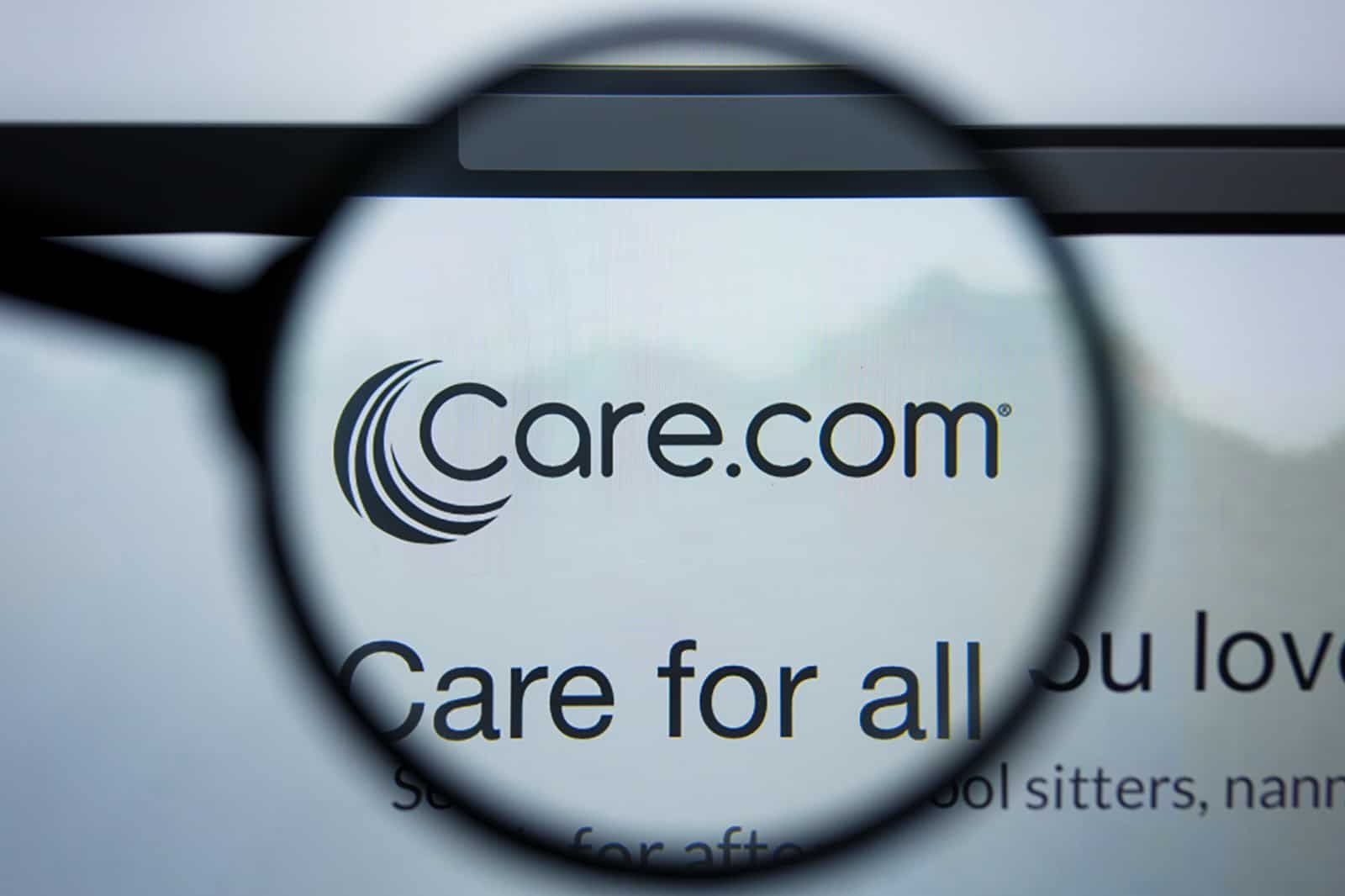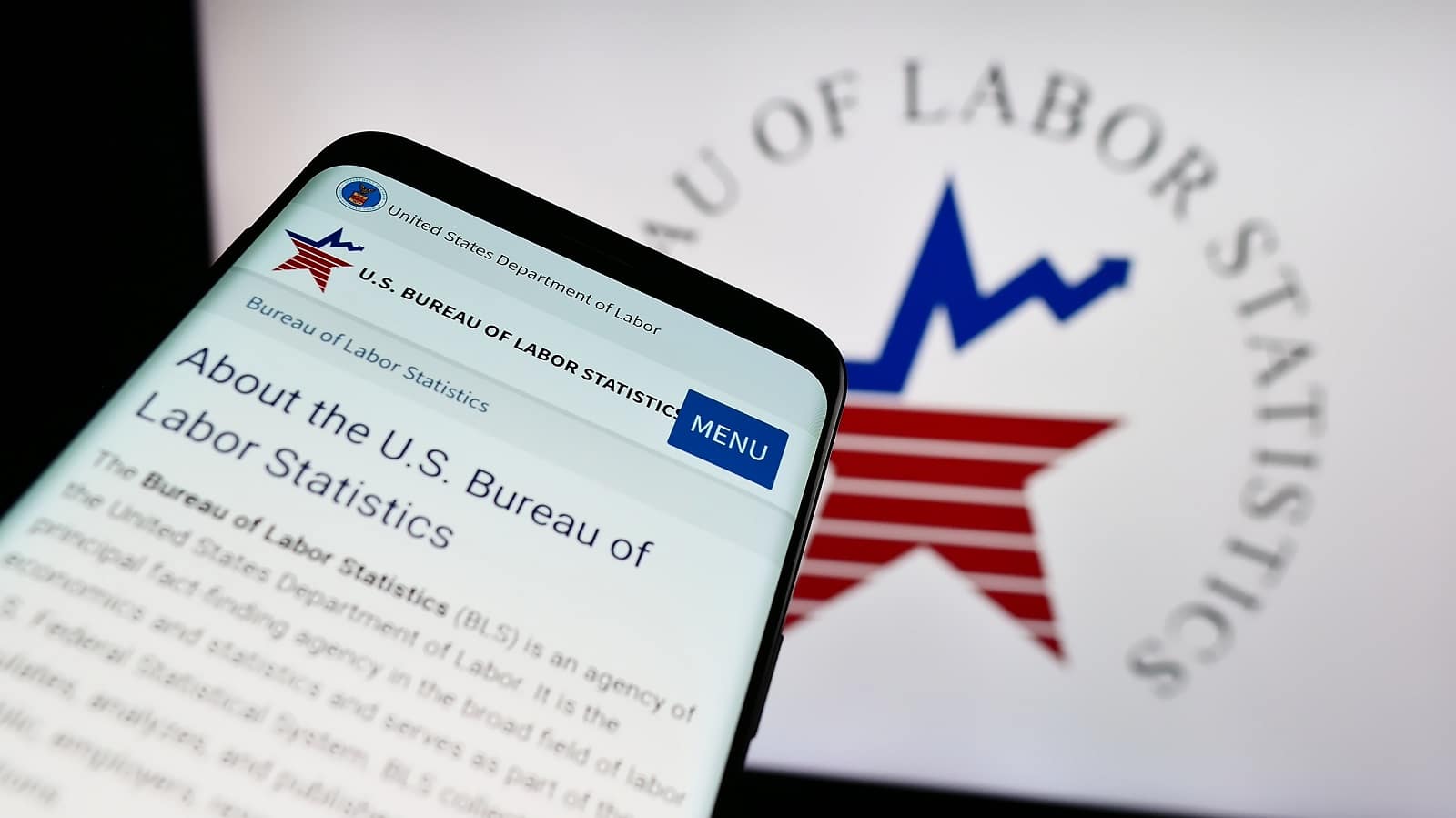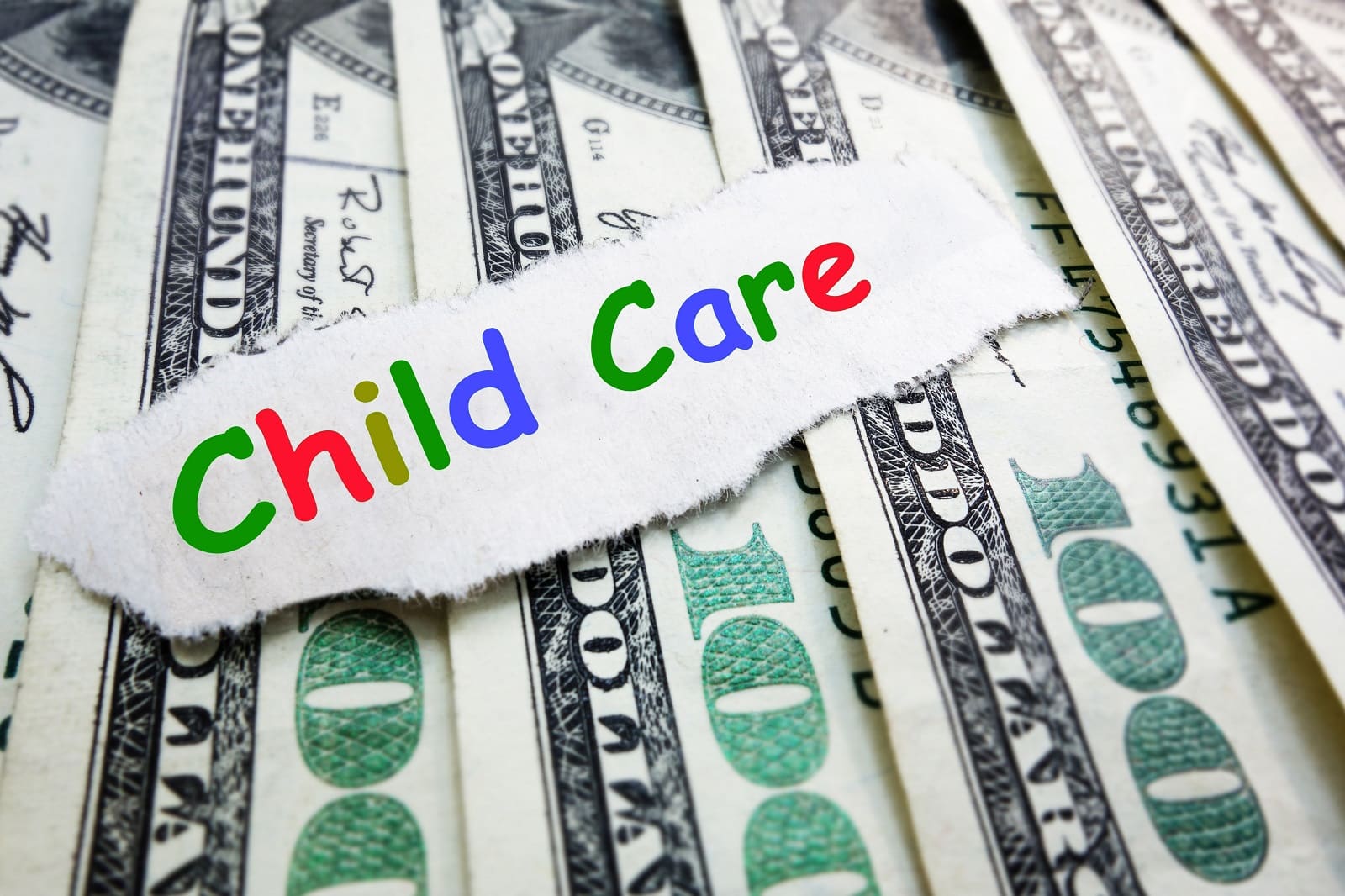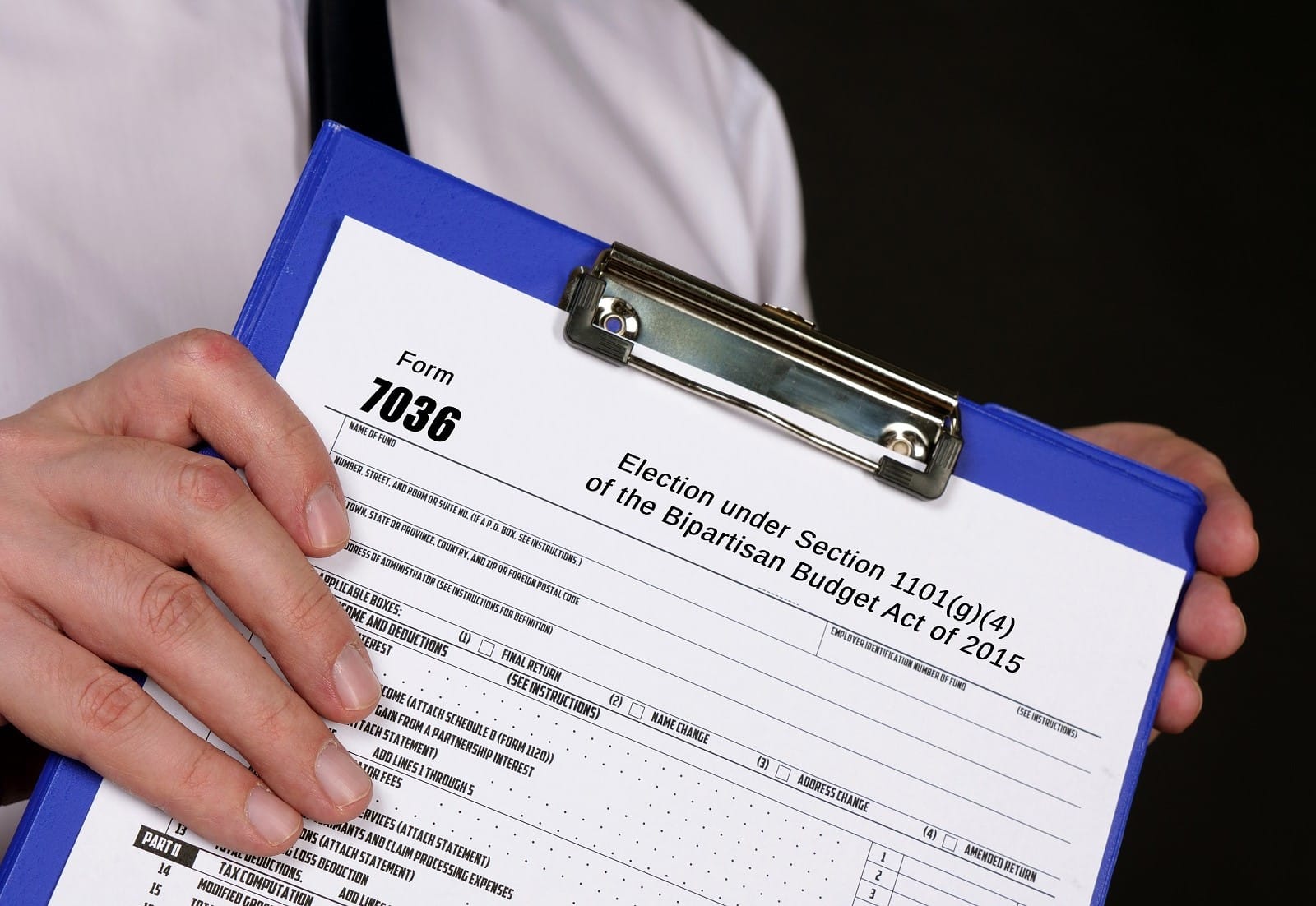After a hefty increase in U.S. childcare costs during the pandemic, parents are worried that price hikes will continue into 2024. What will this mean for the U.S. economy?
Childcare Costs Soar

During the Covid-19 pandemic, families in the U.S. saw a significant spike in the cost of childcare. Now, parents are concerned that 2024 will usher in even higher prices, which could lead to more reliance on government funding, reduced customer spending, and more.
$600 More Per Month

According to a survey by Care.com, a U.S. online marketplace for childcare services, a majority of parents who pay for professional childcare expect costs to rise by an extra $600 per month.
Rescue Plan Act Comes to An End

These fears are due in large part to the expiration of the American Rescue Plan Act. This act was passed in 2021 during the height of the Covid pandemic and issued almost $40 billion in grants that aimed to stabilize the childcare industry and support struggling families.
The Grants Kept the Industry Afloat

Many childcare centers were forced to shut their doors during the pandemic, and the grants helped remaining centers to survive staff shortages and low earnings during a period when many American families were keeping their kids at home.
No Guarantee of Renewal

The act expired in September last year, and given ongoing divisions in Congress, many fear that continued federal assistance will not be approved.
Families Feeling the Strain

As the cost of living, particularly for food and housing, continues to increase, the average American household is feeling significant strain on their finances. Increased childcare costs will only add pressure for these families.
Decades of Increases

This increase did not start with the pandemic either – childcare costs have increased by 36% over the last ten years.
Increasing Faster Than Inflation

Data provided by the Bureau of Labor Statistics showed that the rise in childcare costs has outstripped the pace of inflation in that period and that the increase in prices in December 2023 was also higher than inflation during the same month.
Economists Chime In

And it’s not just parents who are concerned about potential price increases – economists and leading experts say that these rising costs could significantly reduce customer spending as parents budget more strictly and spend more time working to keep up with costs.
“A Major Issue”

Brad Wilson, the CEO of Care.com, has called these price increases a “major American economic issue.”
A Quarter of Family Income

Data from Care.com showed that childcare costs ate up approximately one-quarter of household income for the average American family, and a third of families used savings to make up the difference.
$15,000 Per Year

Daycare costs can reach up to $15,000 per year for an infant on average. But in more expensive states, such as Washington, it can rise to $22,000 on average.
Astronomical In-Home Care

Full-time in-home care is also becoming increasingly unreachable, with nanny care costing $39,832 on average per child.
Families Spending Less

Bank of America has analyzed customer account data to show that families saddled with childcare payments are now spending less and withdrawing more of their savings on average than families with no childcare costs.
Bank of America Data

According to their data, average childcare payments for BoA customers have jumped by 30% since 2019, with middle and upper-middle-income families experiencing the largest increases.
Affecting the Workforce

Anna Zhou, an economist for Bank of America, believes that these increases are taking Americans out of the workforce, as some parents stop working to provide childcare while relying on their partner’s single income.
Billions From the Economy

Wilson agreed, saying that Care.com has observed that “tens of billions of dollars […] come out of the economic ecosystem just by not having families show up for work.”
New Bill May Bring Relief

A new bill that is currently being considered in Congress may be the key to relieving these increasing financial burdens for families. It is a bipartisan tax agreement that would increase child tax credits for low-income earners.
Child Tax Agreement

Under this agreement, the child tax credit would be raised from $1600 to $1800 for the 2023 tax year and would be adjusted for inflation by a $100 increase for consecutive years.
Time Is Running Out

In order to apply to the 2023 tax year, Congress will need to pass the bill by the end of this month. “It certainly helps, but it only gets us part of the way there,” Wilson said of the agreement.
The post Childcare Costs Force Parents Out of Workforce first appeared on Swift Feed.
Featured Image Credit: Shutterstock / adriaticfoto.
The content of this article is for informational purposes only and does not constitute or replace professional financial advice.

